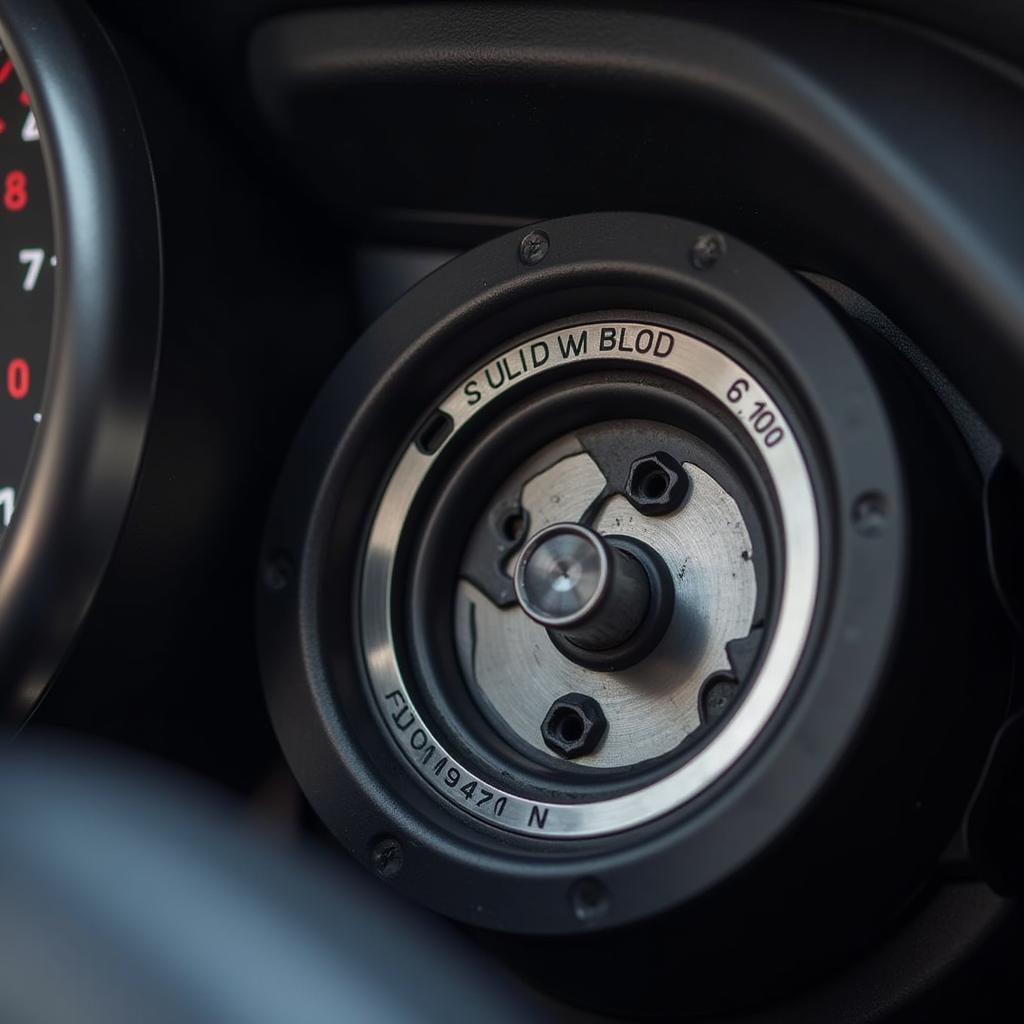A car battery is the heart of your vehicle’s electrical system, responsible for powering everything from the starter motor to the headlights. Even when your car is turned off, your battery is still working, powering essential components like the clock, security system, and even the computer that controls your engine. This constant use of power, even when the car is off, is known as parasitic draw or normal draw on a car battery.
Understanding what constitutes a normal draw and how to diagnose excessive drain is crucial to prevent finding yourself with a dead battery at the most inconvenient time.
What is Considered a Normal Draw on a Car Battery?
A healthy car battery should be able to power these systems for a reasonable amount of time without draining completely. But how much draw is too much? Generally, a normal draw on a car battery is around 50 milliamps (mA).
This number can vary slightly depending on the make and model of your car and the number of electrical components installed. For instance, a vehicle with a complex security system or aftermarket electronics might have a slightly higher normal draw.
Common Causes of High Battery Drain
While a small amount of battery drain is expected, several factors can contribute to an excessively high draw, potentially leading to a dead battery. These include:
- Faulty alternator: The alternator is responsible for recharging the battery while the engine is running. A malfunctioning alternator won’t charge the battery properly, leading to a gradual drain.
- Leaving lights on: This may seem obvious, but accidentally leaving your headlights, interior lights, or even trunk light on can quickly drain your battery.
- Parasitic drain: This occurs when electrical components continue to draw power even when the car is off. Common culprits include faulty relays, door locks, and aftermarket car alarms.
- Old Battery: As batteries age, their ability to hold a charge diminishes, making them more susceptible to draining quickly.
- Extreme temperatures: Both extreme heat and cold can impact your battery’s performance and lifespan, potentially leading to faster discharge rates.
Diagnosing a High Battery Draw
If you suspect your car battery is draining too quickly, there are several steps you can take to diagnose the problem:
-
Check Your Battery’s Health: The first step is to ensure your battery is in good condition. Have it tested at an auto parts store or mechanic to check its voltage and cold cranking amps (CCA).
-
Perform a Parasitic Draw Test: This test involves using a multimeter to measure the current draw with the car off.
- Safety first: Always disconnect the negative battery cable before working on your car’s electrical system.
- Connect the multimeter: Set your multimeter to DC amps and connect the red lead to the positive battery terminal and the black lead to the negative battery cable.
- Observe the reading: A reading above 50mA suggests an excessive draw. Begin removing fuses one by one to identify the circuit causing the drain.
Preventing Battery Drain
Taking preventative measures can help extend your battery’s life and prevent unexpected drain:
- Regularly check your battery: Inspect your battery for corrosion and ensure the terminals are clean and tight.
- Turn off all accessories: Double-check that all lights, radio, and accessories are off before leaving your car.
- Address electrical issues promptly: If you notice any electrical problems, like flickering lights or slow starting, have them addressed by a mechanic as soon as possible.
- Limit short trips: Short trips don’t allow your alternator enough time to fully recharge the battery.
- Consider a battery maintainer: If you don’t drive your car frequently, a battery maintainer can help keep the battery charged.
When to Seek Professional Help
While some battery drain issues can be diagnosed and even fixed at home, it’s often best to seek professional help for complex electrical problems.
If you are uncomfortable working on your vehicle’s electrical system or cannot isolate the source of a high battery drain, it’s best to consult a qualified mechanic. They have the experience and tools to accurately diagnose and repair the problem, potentially saving you time, money, and frustration.
“A car battery is like any other battery-powered device; it has a limited lifespan,” says John Smith, a seasoned automotive electrician at ABC Auto. “Understanding what constitutes a normal draw and being proactive in maintaining your battery can help extend its lifespan and prevent those dreaded dead battery situations.”
FAQs
- How long can a car battery sit without being driven? A healthy battery can typically sit for two to three weeks without being driven before needing a charge.
- Can I jumpstart my car if the battery is completely dead? While it’s possible, jumpstarting a completely dead battery can damage the car’s electrical system. It’s best to use a battery charger in these situations.
- What are signs of a dying car battery? Common signs include slow engine cranking, dimming lights, clicking noises when turning the key, and a need for frequent jumpstarts.
- How often should I replace my car battery? Most car batteries last between three to five years. It’s a good idea to have your battery tested annually after the three-year mark.
Understanding the normal draw on your car battery and taking steps to prevent excessive drain is crucial for the health of your vehicle’s electrical system and your peace of mind.


